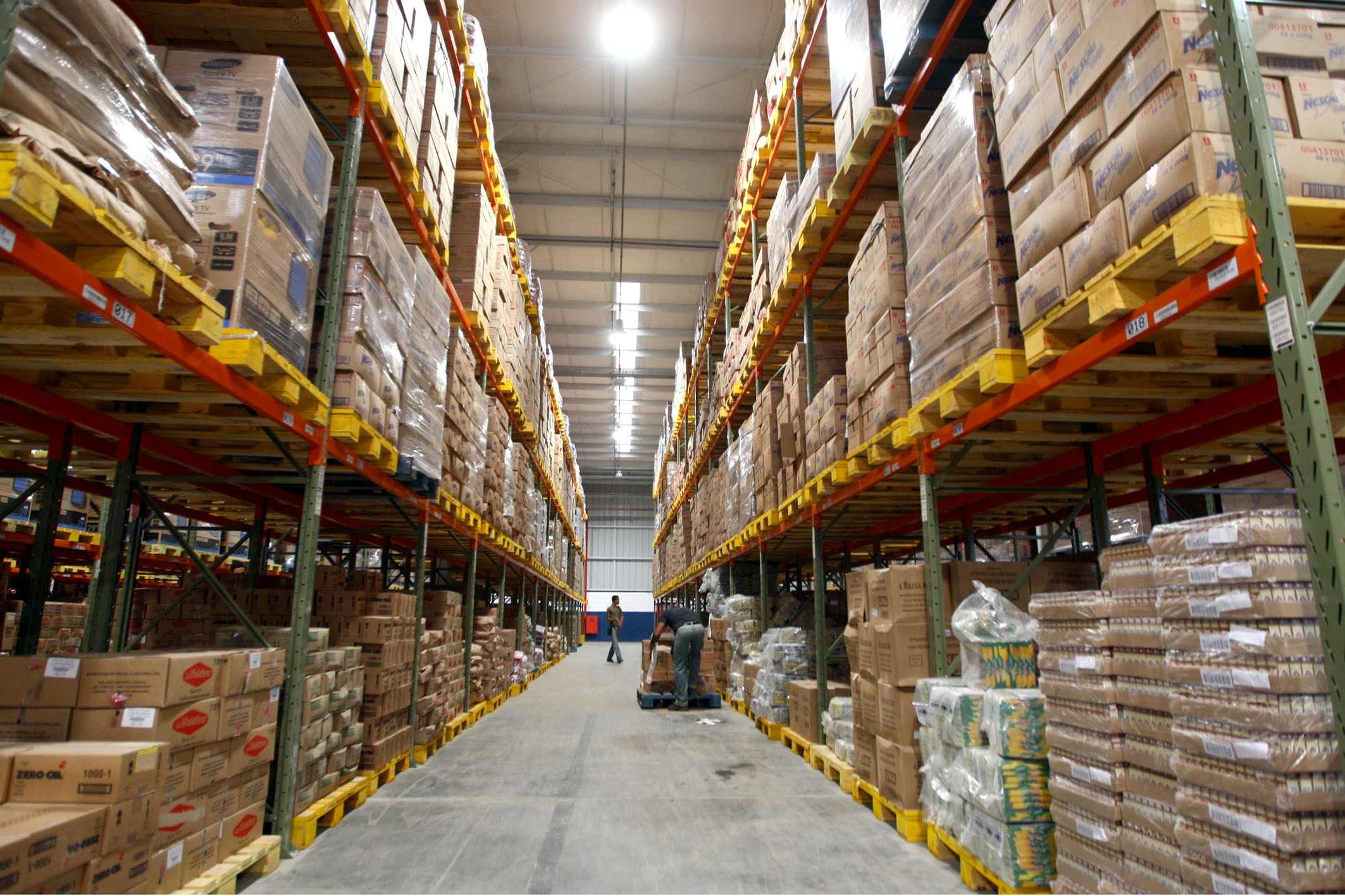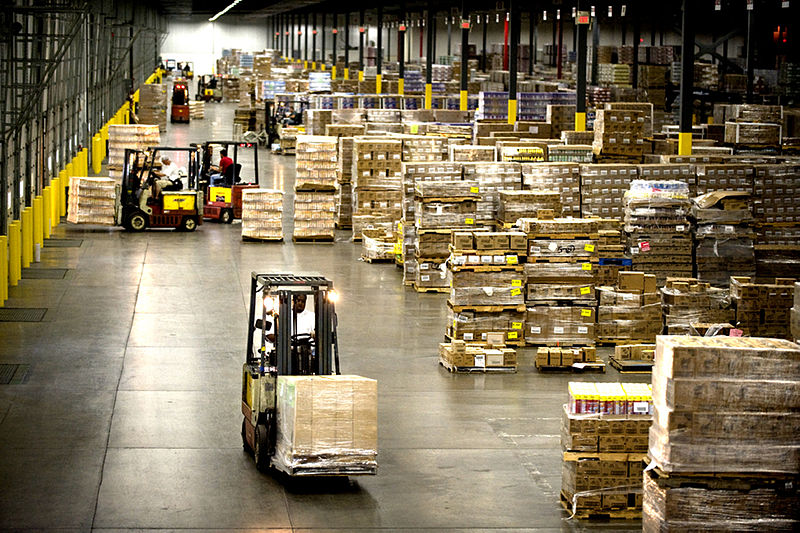February 21st, 2014.
The Complete Guide to Buying a New Warehouse
When your business starts to grow and expand, it makes sense to want to buy your own warehouse rather than rent. This can not only save you money in terms of monthly payments but can help to build up your company’s equity.
Here’s an easy walkthrough to buying your first warehouse:
Know How Much Space You Need
If you are currently renting a 10,000 sq. ft. warehouse then you want to be looking for something this size or bigger, depending on how fast you predict that you’ll grow. There are several other things that you should consider, including the functionality of the building, the location of cargo doors, loading ramp and location of the building itself. Once you’ve found the perfect building for you, put in an offer (similar to buying a house).
Putting in an Offer
Don’t let that perfect warehouse slip away from you, put in an offer as soon as you decide on it. You canobtain a commercial mortgage later in order to purchase it, although it is often better to get a decision in principle first. How much you offer is up to you, you can be cheeky and try to knock off a couple of thousand or you can play it safer and offer them closer to the amount they are asking for. Once the offer is accepted you’ll need to get a mortgage in order to buy the warehouse.

How to get a commercial mortgage?
Unlike residential mortgages, commercial mortgage providers are much more select and can be very niche. Even if you do find a lender willing to lend you the money for a warehouse, it may not be the best rates. If you want to know how to get a commercial mortgage with great rates as well, then you should enlist the help of a broker. With industry connections and years of experience, brokers know exactly what each lender wants to finance and what rates they will offer – ensuring that you get the best possible package for you.
Doing the Paperwork
If you’re handling the paperwork yourself then you’ll need to hire a solicitor or licensed conveyancer to take care of all the legal aspects of the sale. The lender will also want a check carried out to ensure that the property is the value of the loan they are providing you with. This is usually done with a survey, which will also check for any potential problems with the property and check things such as its condition and structural stability.

(Image: Warehouse under CC By 2.0)
Exchanging Contracts
After the paperwork has been done and an offer has been accepted, as well as the solicitors and surveyors being happy, you can now sign and exchange the contract with the seller. This is the time that the deposit on the warehouse will be paid – this is the point of no return, pulling out of the deal at this point will mean that you lose the deposit and it may affect any future dealings with the lender. Once this has been done, all that’s left to do is complete which is when the property becomes yours – you get the keys and the deeds. However you still need to pay:
• Remaining cost of the property
• Solicitor or conveyancer’s fees
• The Stamp duty tax
• Removal costs (if any)
And that’s all there is to it. That shiny new warehouse is all yours to operate your business from, increasing your business’s equity and giving you more space to operate out of.
Are you looking to buy a new warehouse? Drop us a line to discuss your financial options.






